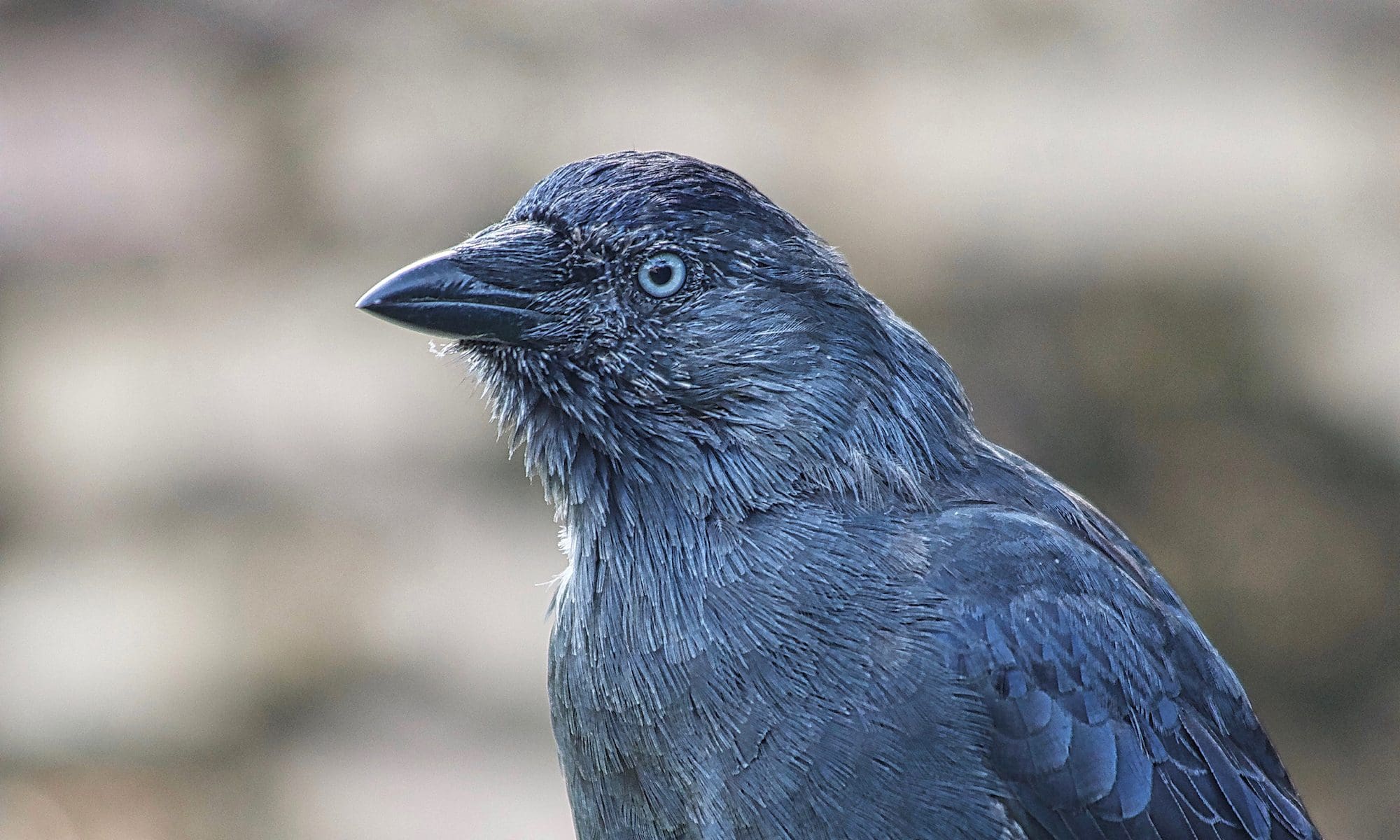The list of animal exploitation is long and includes the abuse of animals for food, clothing, entertainment and experimentation as well as as companions and workers. Right now, there is a new scientific project making its rounds through the media, which is suggesting a new method to keep our cities clean. The idea has been developed by Dutch scientists und is focussing on the utilisation of specific traits of an animals species, which could theoretically help to tackle one of the biggest human evolutionary shortcomings – to be willing to live in harmony with nature and the environment. The project design incorporates a machine and is recruiting and training city crows, who would take care of recklessly discarded cigarette butts.
It is known that cigarettes take between ten and twelve years to decompose. The scale of this waste problem is huge, as it is estimated that every year approximately 4.5 trillion cigarettes are discarded with no regard for the environment. The project is using a so called ‘Crowbar’, which is based on a design created by an American inventor. The device has a large funnel, where cigarette butts can be deposited, and a dispenser for releasing peanuts as a reward. The hope is that crows get busy cleaning up the streets in exchange for some easy food. This idea is trying to utilise the generally acknowledged fact that crows are very intelligent and adaptable being known for their ability to solve complex problems and also to create and use tools.
Before looking at ethical questions related to this idea, there are at least two ‘technical’ problems to address, which the inventors might not have fully thought through. First off all, it is very likely that crows will always have a food choice in our crowded cities, meaning that peanuts may not be that much attractive as a food reward. Secondly, our crows are usually territorial, which means that only one territory holding pair is going to use that machine, which doesn’t seem very efficient, when it comes to cleaning up our large cities. These two problems alone are likely to be sufficient enough, to put this questionable idea to rest.
However, without a doubt, this project raises also several ethical issues, the most important ones being the egocentric and anthropocentric way of human thinking and attitude. Obviously, common sense tells us that the far simpler and cheaper way of solving the cigarette butt problem is to educate people, in this particular case smokers. Instead of constructing, deploying and maintaining machines, which are leaving a noticeable carbon foot print behind, one should rather educate and encourage smokers to quit smoking, or at least to discard their waste products appropriately, which is the least one could expect from a grown up human being.

However, the problem is far more complex than that. Firstly, as mentioned already, the suggested solution is based on an anthropocentric view point. Humans have long tested animals to see how smart they are by seeing if they can do human-like tasks. We are too quick to judge animals by our own human standards, instead of testing within the limits of the animals’ natural behaviour and within their natural setting. By any standard used, we all know that corvids are clever enough to be able to fulfill this particular task, but so are other sentient beings, like toddlers too. And this leads to the second problem.
Humans do not treat sentient and intelligent beings like crows as equals, meaning we treat them differently, and by far not the way we would want to be treated, despite that there is a general agreement about the fact that humans and crows are both, sentient and intelligent. It is actually even worse, the anthropocentric view point is so deeply rooted, that many humans are often tend to focus on the level of animal intelligence (compared to humans) rather than sentience, when it comes to decide how to treat an animal, ignoring completely the fact that humans are not unique in possessing the neurological substrates that generate consciousness.
Ethical Methods Of Feral Pigeon Management
The truth is that this machine, when it would actually work, would exploit crows, ignoring the fact that it is morally wrong to use or exploit sentient beings in any way. Even worse, this machine is putting these birds at an additional risk by encouraging and rewarding them to handle toxic and also possibly still burning cigarette butts, which might even end up in a place, where we might not want them to be. Furthermore, at least to a certain degree, these birds will be made dependent to rely on human handouts. Based on the natural behaviour of corvids, they will also cache their food, or potential valuables like cigarette butts, as they might want to trade them in later. The result will be that litter will not only be removed, but also be distributed in a different, not nessarily desired pattern. It is also to expect that crows will test the built in scanner to its limits, simply to find out, if other items like pebbles or pieces of paper also trigger food rewards, something which will put the whole machine to a test.

Sadly, even some bird and corvid lovers seem to find this idea fascinating, as they feel that this approach spreads the word and is helping to change and improve the traditionally bad reputation of corvids. It might even do that, but by disregarding the rights of an individual sentient being and by supporting exploitation. Luckily, regardless of all ethical issues, and purely due to technical problems alone, it remains doubtful that this machine is ever going to work.


















